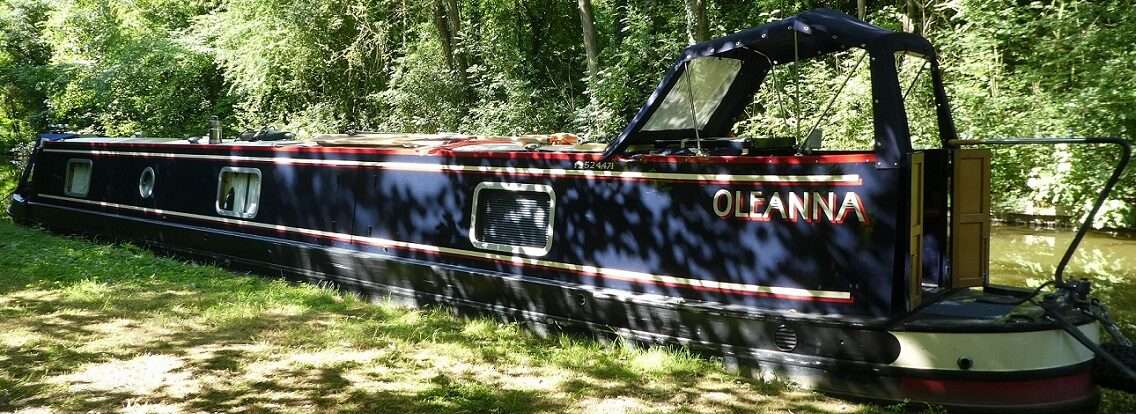Peartree Farm FOTRN mooring
News came through this morning via Instagram from another Finesse boat. They just so happened to be trying to use Whiston Lock yesterday when it broke. Travelling with another boat, they had entered the lock closed the vee gates behind them and went to operate the guillotine gate. This then made an horrendous grinding noise and refused to move. The gear box had gone. This morning NB Barbarella had a phone call from the EA saying that it might take two weeks to mend.
Time for us to get first hand information. Mick rang the EA. I passed on the news to NB Cleddau. Mick talked to one person who obviously was just a person in the call centre, he explained where the locks Islip and Whiston were. What we needed was a time frame, might it be say three days for the two locks to be mended, or would it be two weeks? We need to make plans, change plans, decide where to go to get to meetings, water, shopping, etc.

Mick got through to talk to the River Inspector for Islip Lock, as the gear box was at the manufacturers he couldn’t give a time scale and had no information regarding Whiston Lock. Obviously they don’t want to say one thing and then it not be possible.
Out of the five boats moored on the triangle, one decided early on to head to Oundle where they had managed to get a mooring. Everyone seemed to be on their phones trying to gleam more information. Everyone trying to make plans. Some people desperately needing pump outs, another boasting that if their macerator toilet was full it could spill out into the river and as it would all be churned up no-one would be the wiser!!!
One boat winded and headed to Wadenhoe where they hoped they’d be able to use the pub toilets. Later on we heard they’d continued to Oundle and managed to get a mooring. There was no space at the marina, the Cruising Club was first come first moor.

As I worked, Tilly snoozed, Mick looked at options. There is quite a length of moorings below Islip Lock, if we went there I could get a bus to Kettering and then a train to London for my meeting next week. Only problem with that was the buses were only every two hours and the train fare expensive.
Mid afternoon another phone call was heard. Where would they be able to moor? They have commitments. If they left their boat what would happen if the river came up. The EA couldn’t give them any answers. In the end they decided to head down stream, winded and headed off. Now there were two boats left.

We set theoretical deadlines, worked out cruising hours to different destinations. Should we head back to Oundle? Should we carry on to Peterborough? Should we cancel a family lunch? Should we pull out from an engagement?
I worked away updating technical drawings for panto. Turned round to see Mick with his hand up. Permission to speak. Two EA notices had been issued.

They hoped to have both locks working by the end of the 9th September. The news was passed on both up and down stream.
Now we had a date to work towards, new plans were worked out. If the lock opens on the 9th we should still be able to do lunch and reach our engagement, we’ll just need to put in long days cruising.
0 locks, 0 miles, 9 hours shore leave, 2 taken, 2 weeks, 10 days, 27 different plans, 5 down to 2, 1 set of drawings completed.





































































































